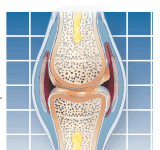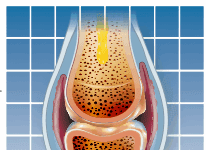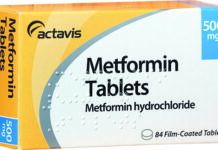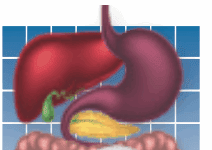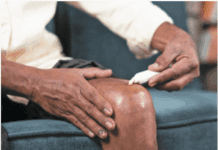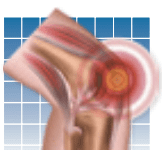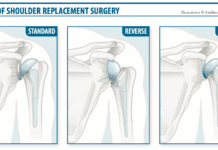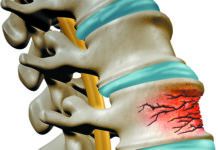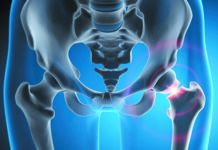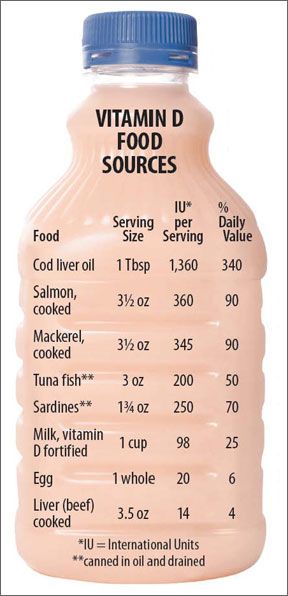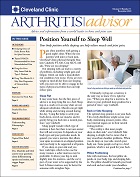The "Got Milk?" campaign may have convinced us to drink more milk. But if youre drinking enough milk-and therefore getting enough calcium-does that mean youre getting enough vitamin D? Not necessarily; even three daily servings of milk wont deliver the daily 400 international units (IU) of vitamin D now recommended by the U.S. Institute of Medicine for people ages 51 to 70, or even half the 600 IU recommended for people 71 and older. Its important to pay attention to how much vitamin D youre getting every day, because its essential for much of your bodys health, including bone strength. "Vitamin D promotes bone mineralization through calcium absorption. It strengthens the immune system and protects against osteomalacia (bone softening) and hip fractures," says Carolyn Snyder, MPH, RD, LD, a member of the staff at Cleveland Clinics Nutrition Therapy Department. "New research shows vitamin D may play a role in protection from hypertension, psoriasis, multiple sclerosis, rheumatoid arthritis and up to 18 different types of cancers."
To continue reading this article or issue you must be a paid subscriber.
Sign in



